How to Get Rid of Shaving Rash on Your Legs
Razor rashes and bumps can be itchy, cause discomfort and can even be painful. Find out what causes shaving rash, bumps, razor burn, and how you can protect your skin while you shave.
The difference between shaving rash, razor burn and bumps
Razor rashes and razor bumps are often used interchangeably, but they are actually considered to be separate conditions. Razor rashes, also known as razor burn, can cause itchy rashes, tenderness and redness. Razor bumps are ingrown hairs caused by cut hair strands that curl back into the skin and grow under the surface, causing red or skin-colored, pimple-like bumps.

What causes razor rashes and bumps
Your razor, how you shave and even your skin type all can cause razor burn and bumps. For instance, shaving dry skin with a manual razor and using a dull razor blade increase chances of developing razor burn and bumps; and if your skin is naturally more sensitive, you are also at a higher risk of developing skin irritation when shaving.

How to get rid of razor burn and bumps
Although razor burn and bumps should heal on their own without treatment, you can take steps to help speed up the healing process.
- If you're wondering how to get rid of razor burn, apply a cold wash cloth or lotion with calming ingredients like Aloe Vera to soothe heated or irritated skin and prevent scratching, which can delay healing.
- The simplest method for to get rid of razor bumps, is placing a warm towel on the affected area for a few minutes to help encourage the ingrown hairs to break through the skin.
- To treat both razor burn and bumps, keep skin well-moisturized to help fight the urge to itch any affected areas.
- If your skin irritation gets infected, see a dermatologist to get an antibiotic.
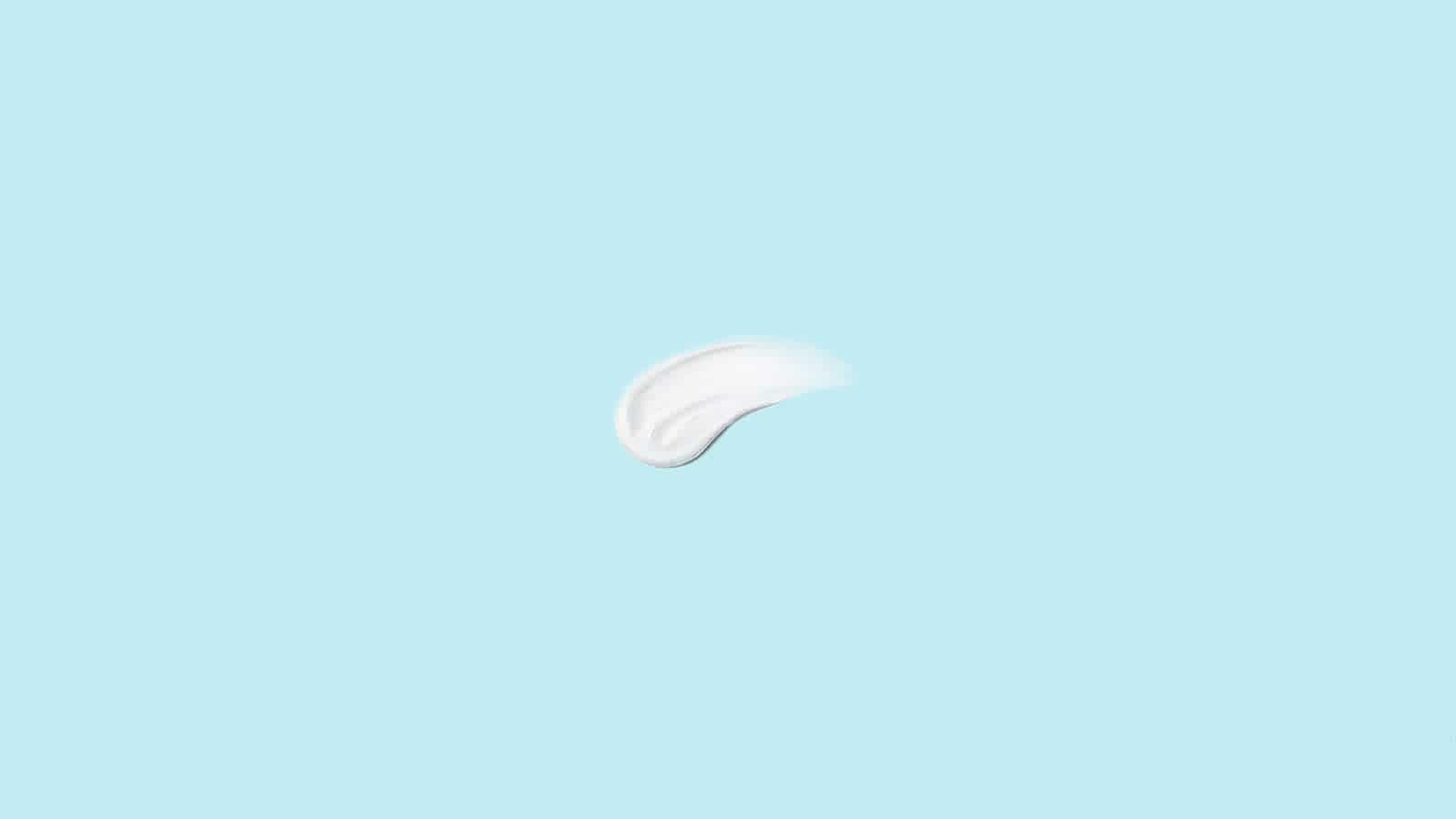
How to prevent or stop razor rashes and bumps
Although there is no surefire method to stop shaving rash and bumps from occurring, especially if you have sensitive skin, you can minimize chances of irritation when shaving.
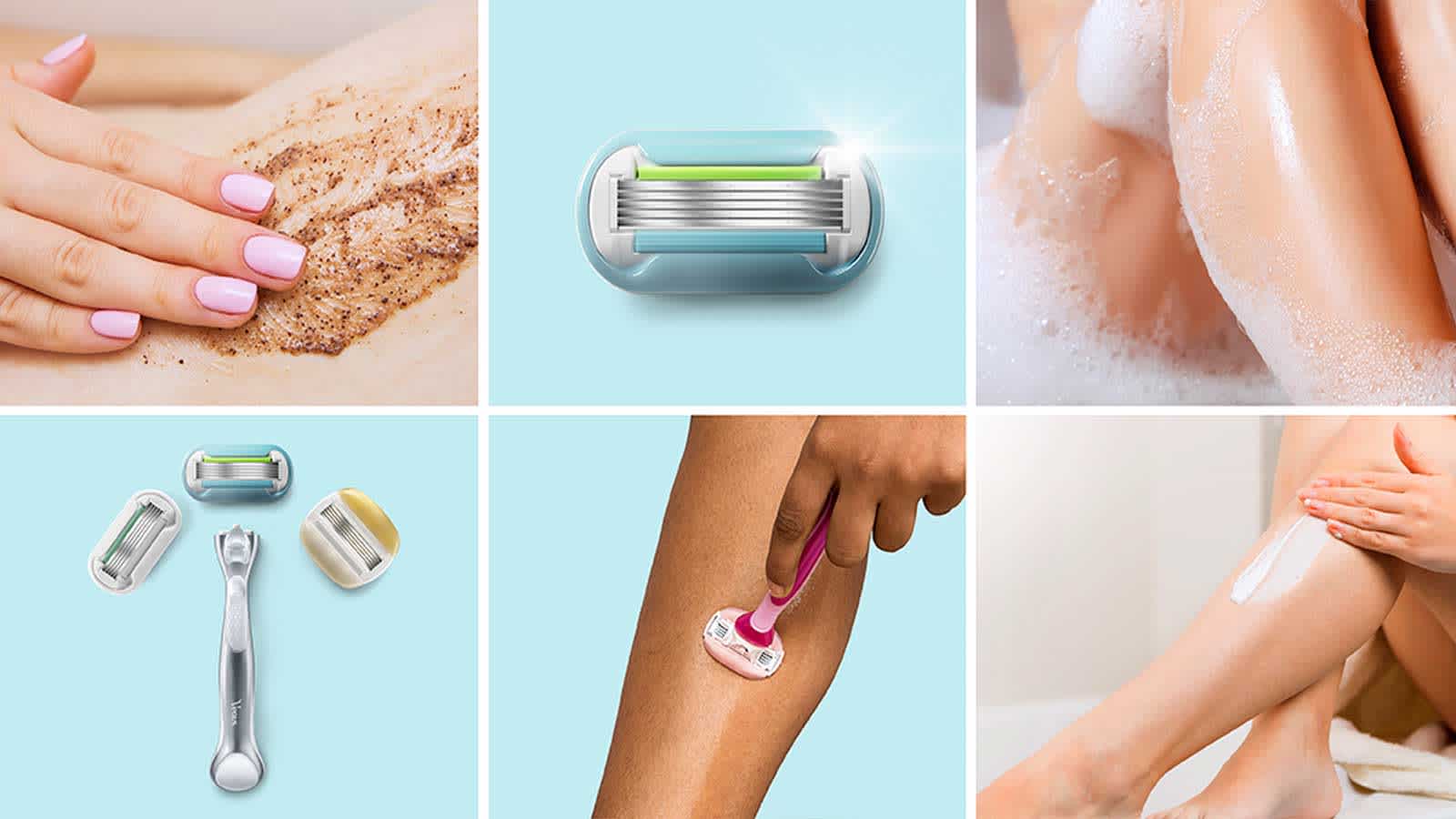
Step 1
Exfoliate before you shave to remove dead skin
Exfoliation helps prevent razor burn and ingrown hairs by removing dead skin from the surface. To exfoliate, use a gentle scrub or loofah and gently scrub your skin before you shave.

Step 2
Use a sharp razor blade
Shaving with a sharp razor blade protects your skin from scratches, razor burn and bumps. It's time to replace your blade with a new one if it feels rough on your skin or pulls at your body hair.
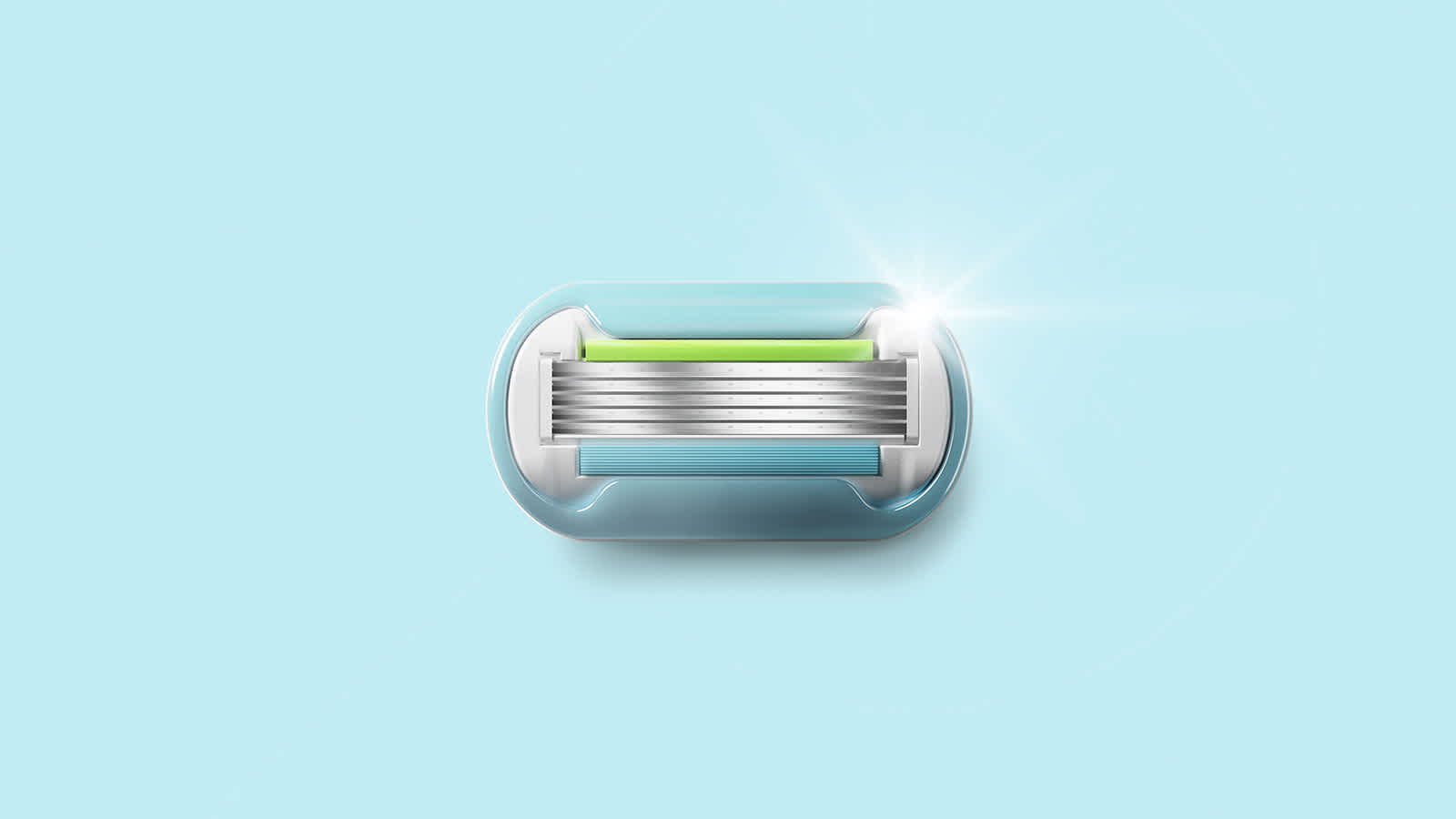
Step 3
Hydrate your skin before you shave

Step 4
Choose the right razor
Using a razor with three or more blades can prevent razor burn and bumps because the blades are spaced more tightly together on the razor head and will glide easier across your skin. More blades also allow for a closer shave in less strokes, which helps prevent skin irritation.
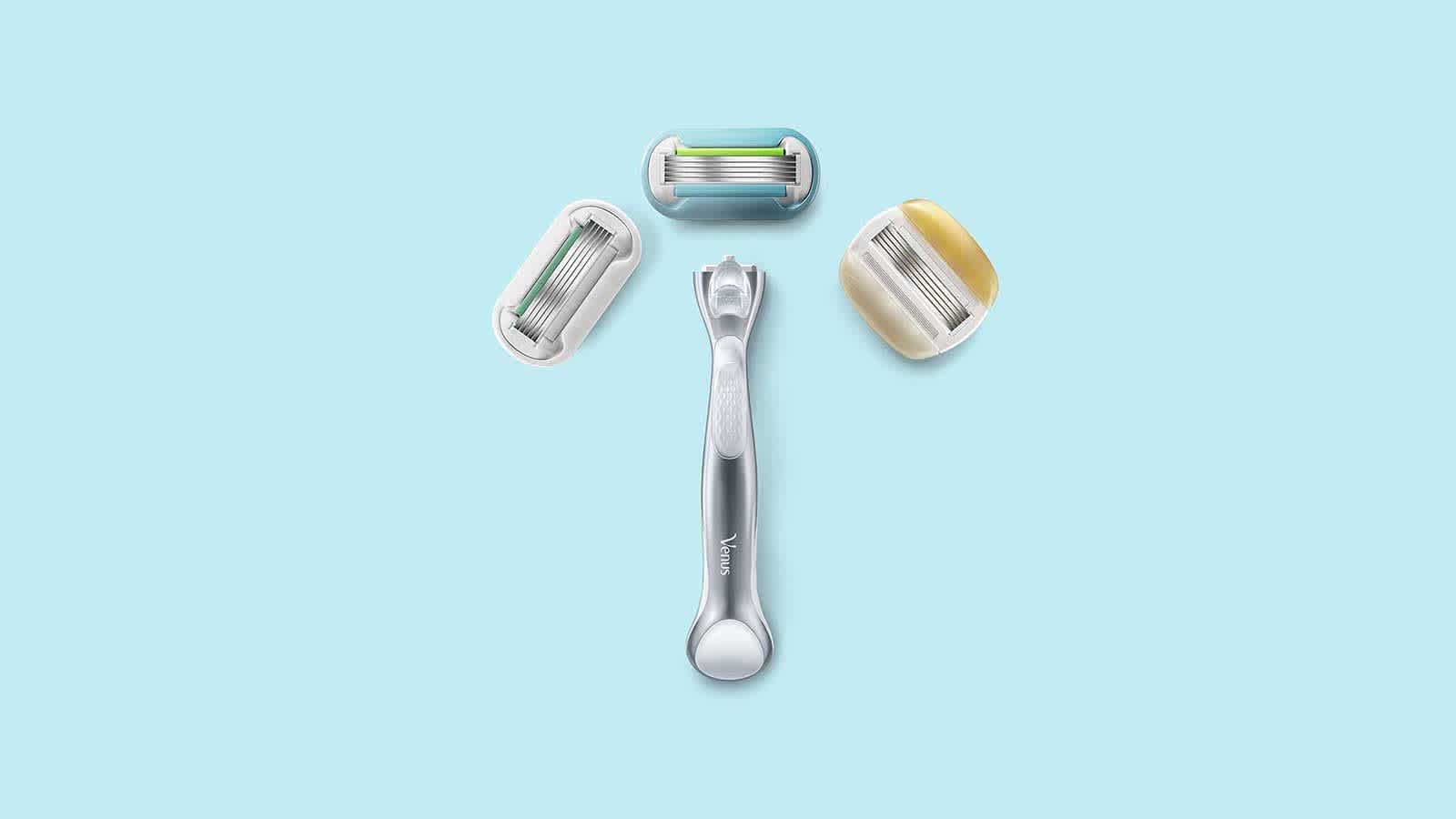
Step 5
Shave in the direction of hair growth

Step 6
Moisturise after shaving
After you shave, apply a moisturizing lotion or oil, preferably alcohol-free, to preserve moisture and add an extra layer of protection from razor burn and bumps.
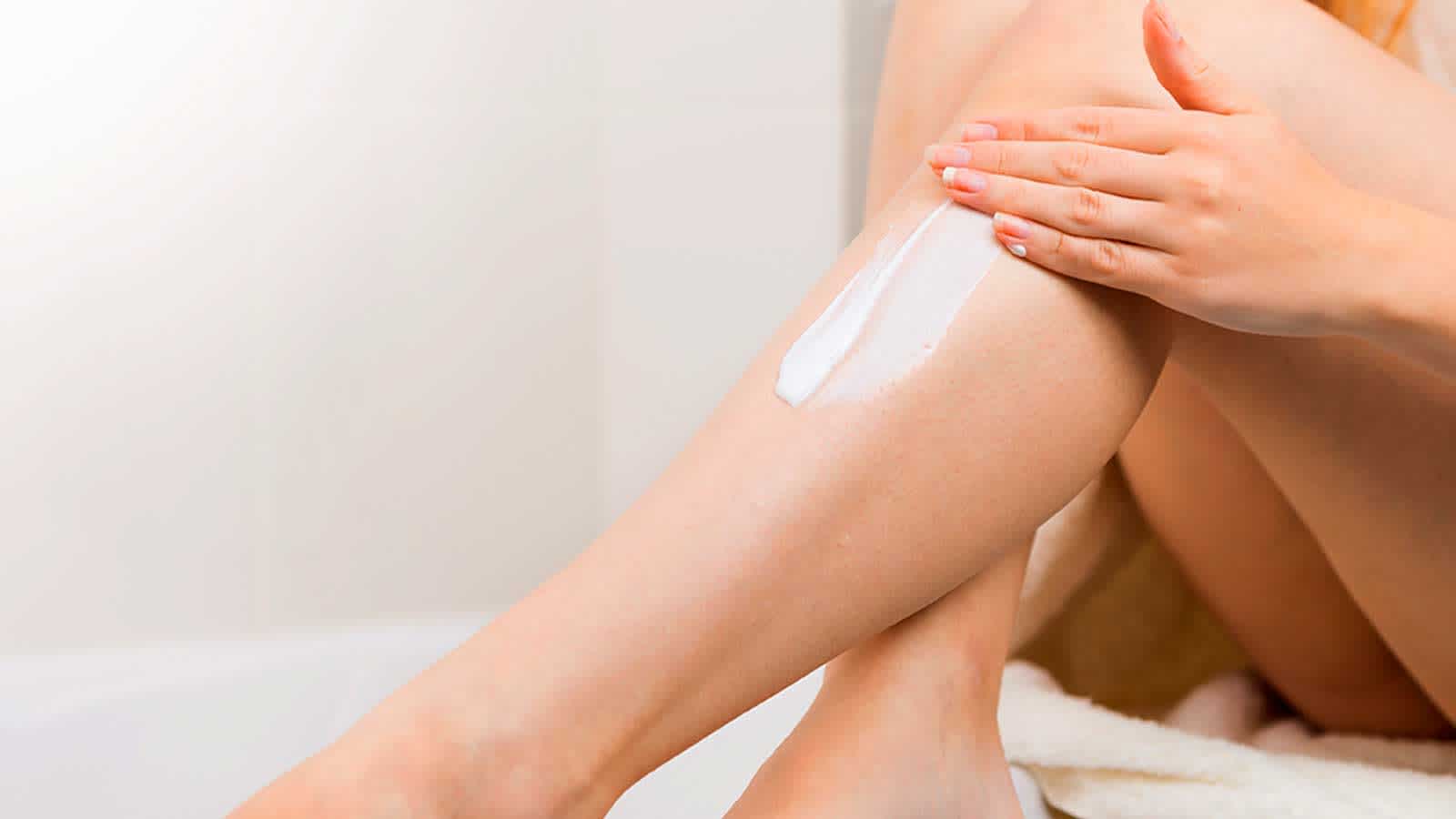
article
Causes for Razor Burn & How to Stop Shaving Rash | Venus UK
Shaving rashes are a common problem for women. Know what causes these razor burns to occur in first place and how to get rid of razor bumps in this guide.
/en-gb/womens-shaving-guide/sensitive-skin/shaving-rashes-and-bumps/
//images.ctfassets.net/3gm1tphxve7a/6IpODhndZnq6GjLjAPjnku/152e15b85360064f9ce9c1c0c8cea1f9/200714_VENUS_BASE_KV_NADINE_01_056_v3.jpg
How to Get Rid of Shaving Rash on Your Legs
Source: https://gillettevenus.co.uk/en-gb/womens-shaving-guide/sensitive-skin/shaving-rashes-and-bumps/